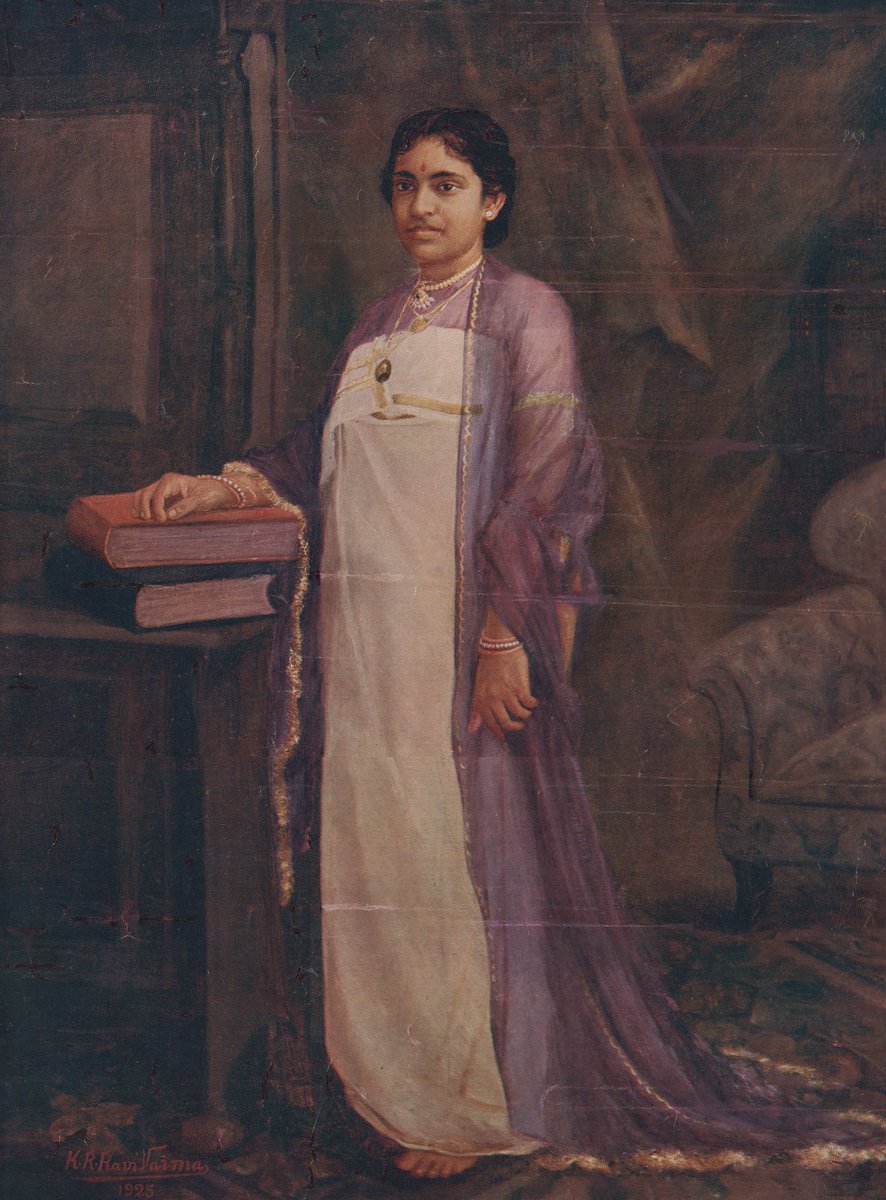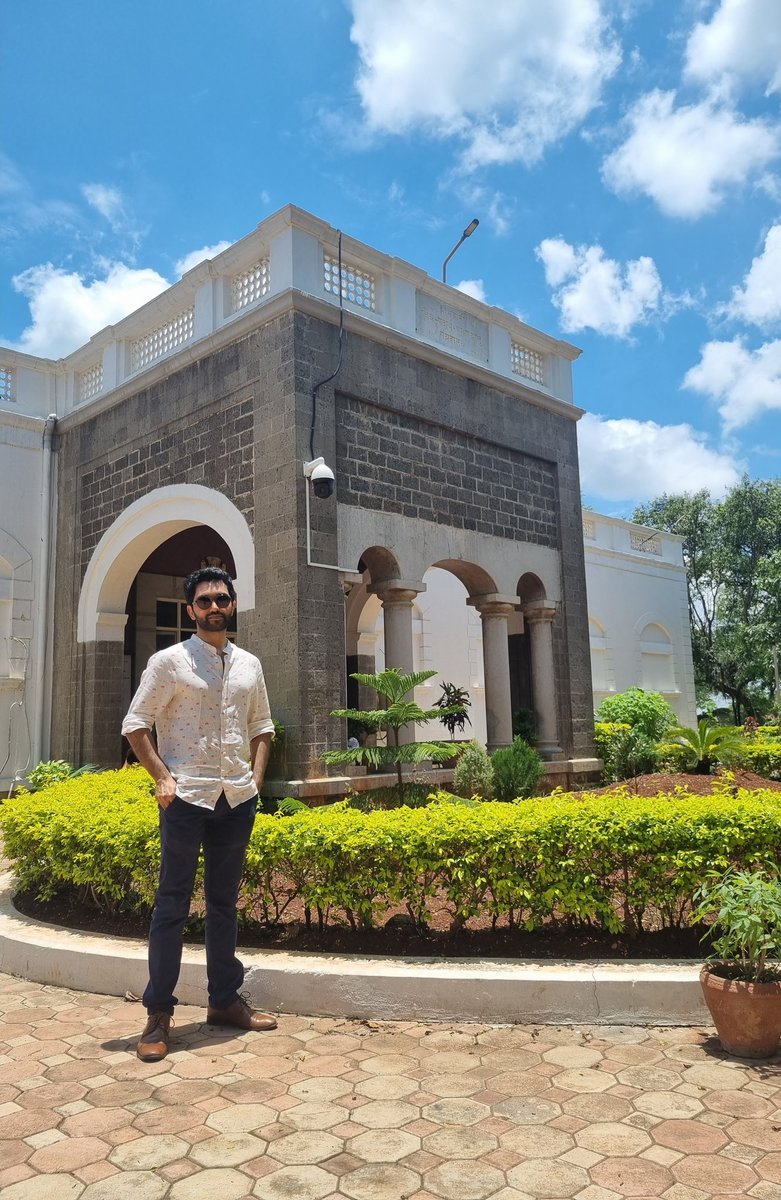Had an amazing day yesterday, hopping from one temple to another around Kozhikode with @sruthinlal, tracing their distinct histories (and stories), the transformations of their gods and legends, and simply staring in awe at some of these shrines. 







We began at Puthur early in the morning. It is said that this is the temple where Vasco da Gama and his crew bowed to Bhagavathi, under the impression it was a shrine to the Virgin Mary. The image of the goddess looked exactly to me like the women we see in old Kerala murals. 



Next we went to the Nanjundeswara temple. Stunning, very old, with two Sivas: one inside and one outside the compound. The priest is a young chap and very friendly. 







Pallikara Sudarsana temple followed. The Sudarsana chakra is a round flat stone but is concealed behind a curtain, and a brass (or gold?) "face". There are other temples in the area to Vishnu avatars.
Next Balussery Vettakarumakan temple (with a Siva nearby--the dvarapala is from there). Story goes that the place was KurumbranadRajah's palace till the hunter god took up residence in the wall. Lovely murals. And unusually for a Kerala temple, a "Paradesi Brahmin" has a role. 







Next came Kunnamangalam Bhagavathi (who watches over nearby hills). A once bloodthirsty goddess now turned "benign" (animal sacrifice etc long gone). Sanctum was closed but the priest gave us a bucketful of prasadam--our breakfast that morning! 







The pillars in the temple are beyond repair and some conservation architects and experts are at work to preserve what remains. Nearby we also went and looked at a circa 940 CE inscription, dug up from the yard of a Nambeesan household some years ago. 



Thiruvangayur Siva was next on the map. Quite a trek up to see him. Again, sanctum was shut because it was past 11am, but we admired the outer structures (practically built on rock) and the view. 







Muchukunnu Siva is stunning. Fully enclosed by sturdy walls, very geometrical. It is also famous for the temple pond--apparently a favourite location for wedding photography and film shoots. There is a kavu (grove) around also. 







Speaking of groves, there is a splendid one spread out over acres and acres around the Poyilkave Durga temple, which is where we went next. 





At Thurayil Kavu Bhagavathi, we met the most famous residents of the temple complex: its monkeys. @sruthinlal bravely fed them peanuts. I non-bravely took pictures from 3 feet away. Again, magnificent kavu with some great old trees. 





Ten temples covered in some 12 hours, ending by the seaside. It was hot, but tremendously enlightening and interesting. And in all the local stories there is much to discover, study, and think about.
Great day.



Great day.




(@sruthinlal through @Arpo_IN is doing a lot to document local histories, collect songs and lore, help push restoration work at historically significant sites, and a lot more. Real privilege to be able to spend a whole day with someone so impressive.)
• • •
Missing some Tweet in this thread? You can try to
force a refresh



















